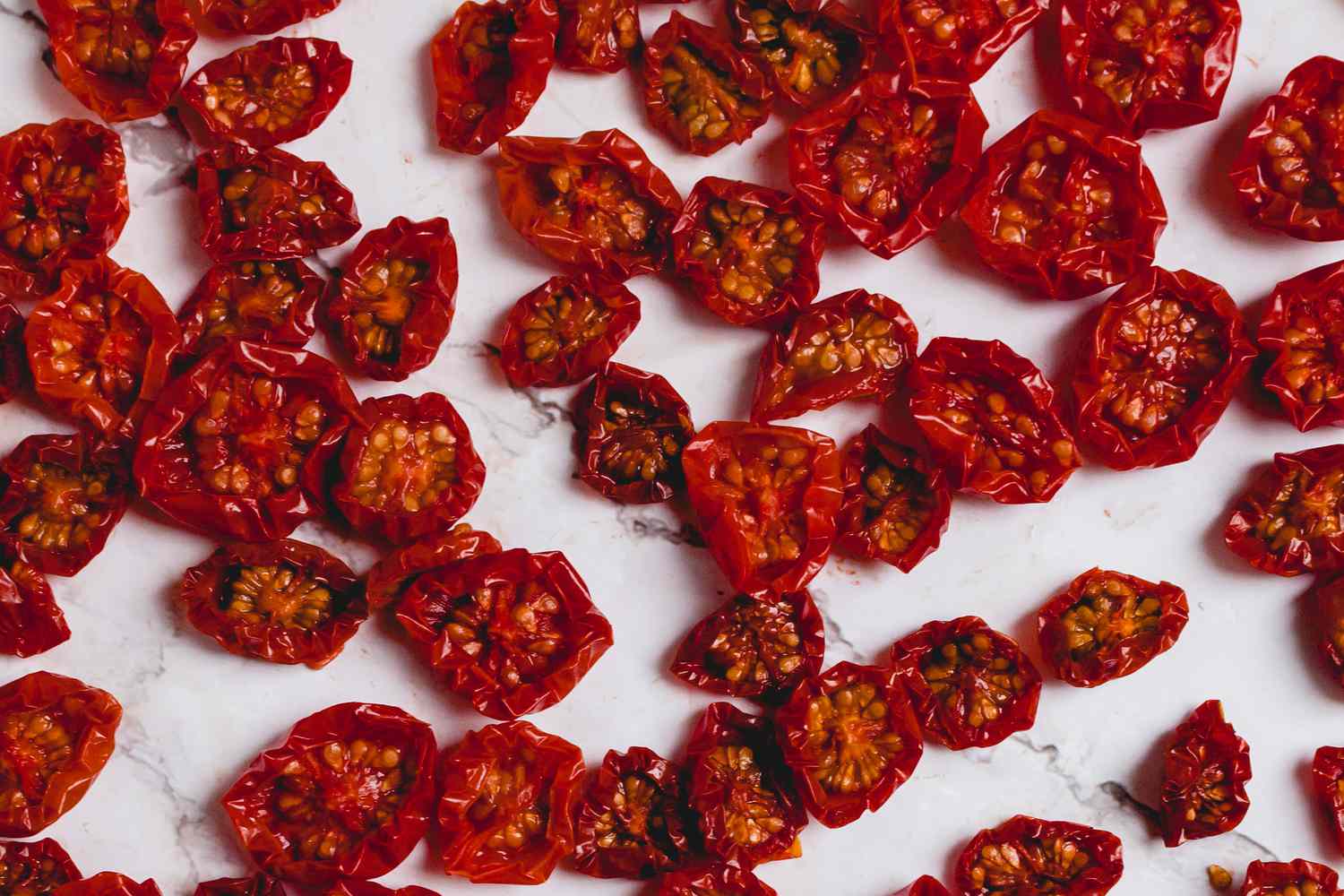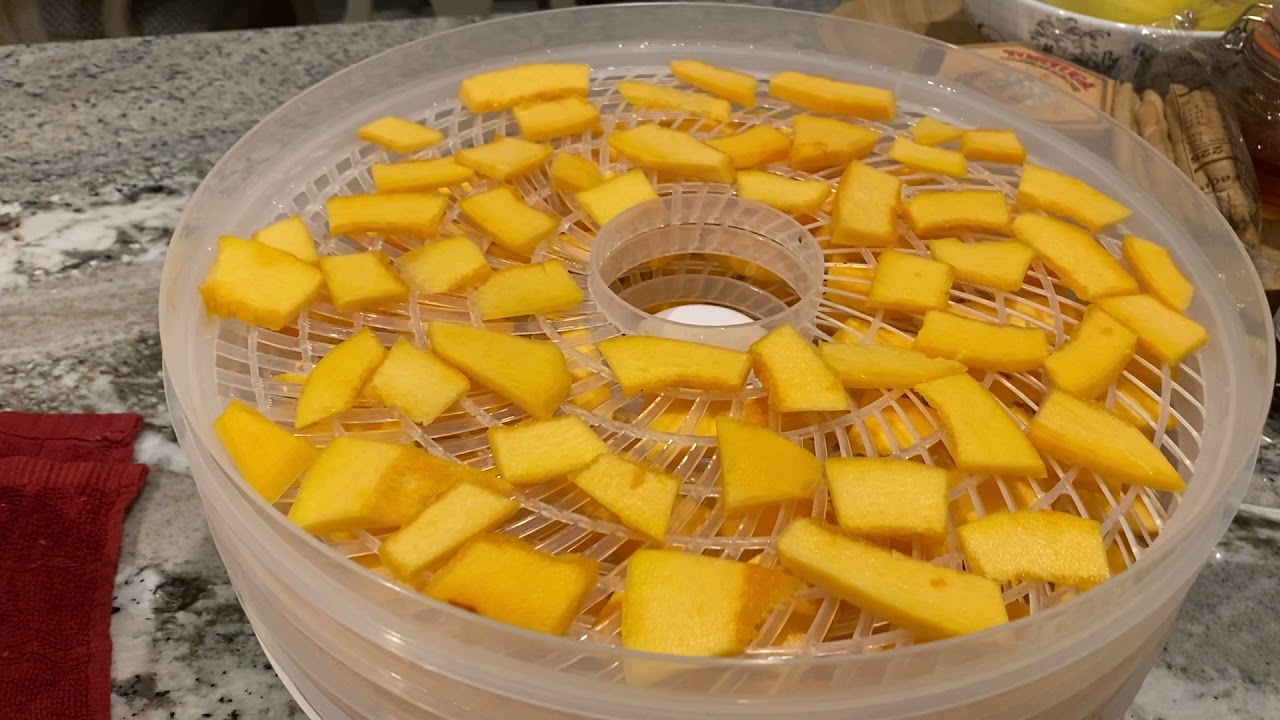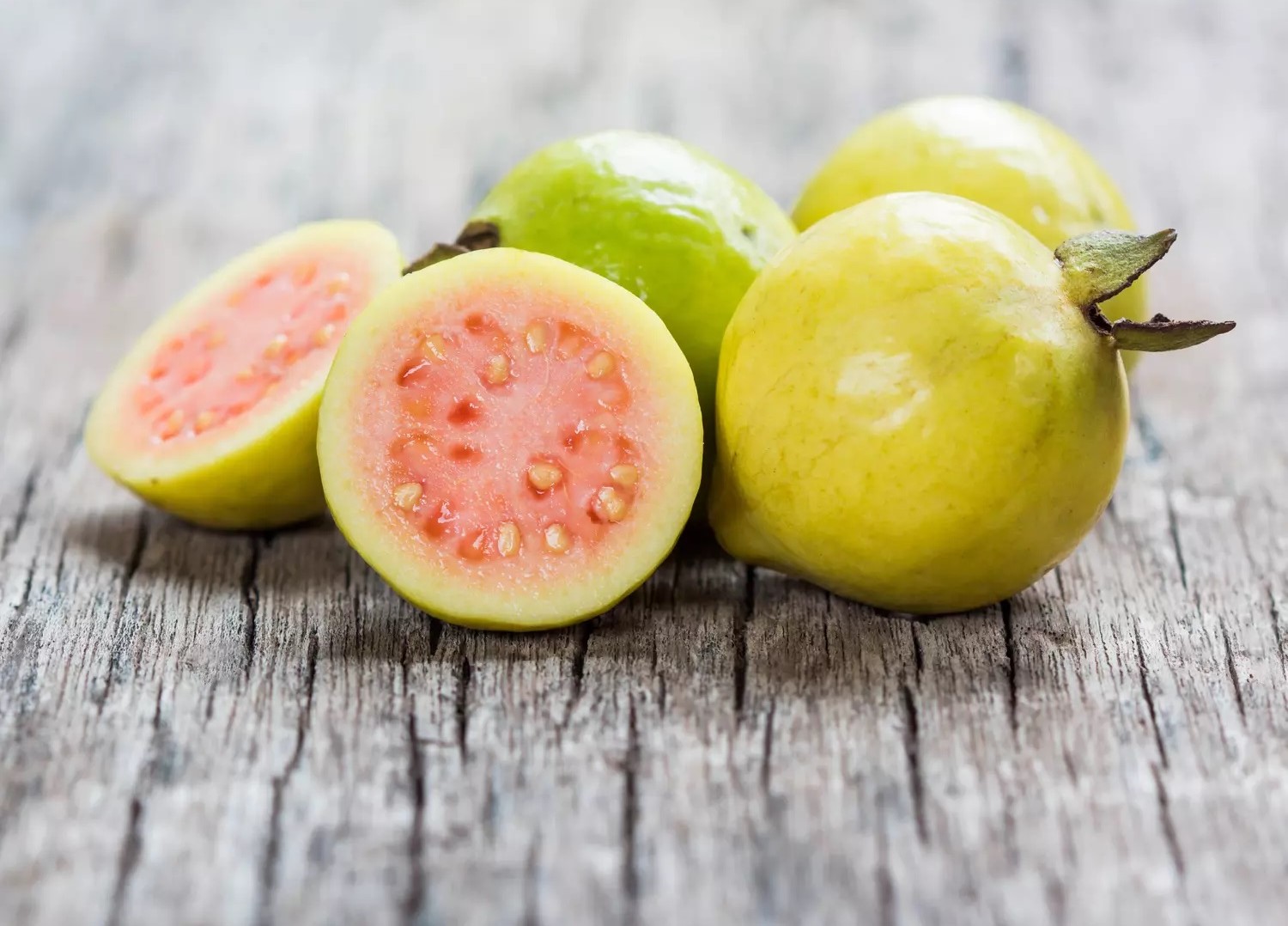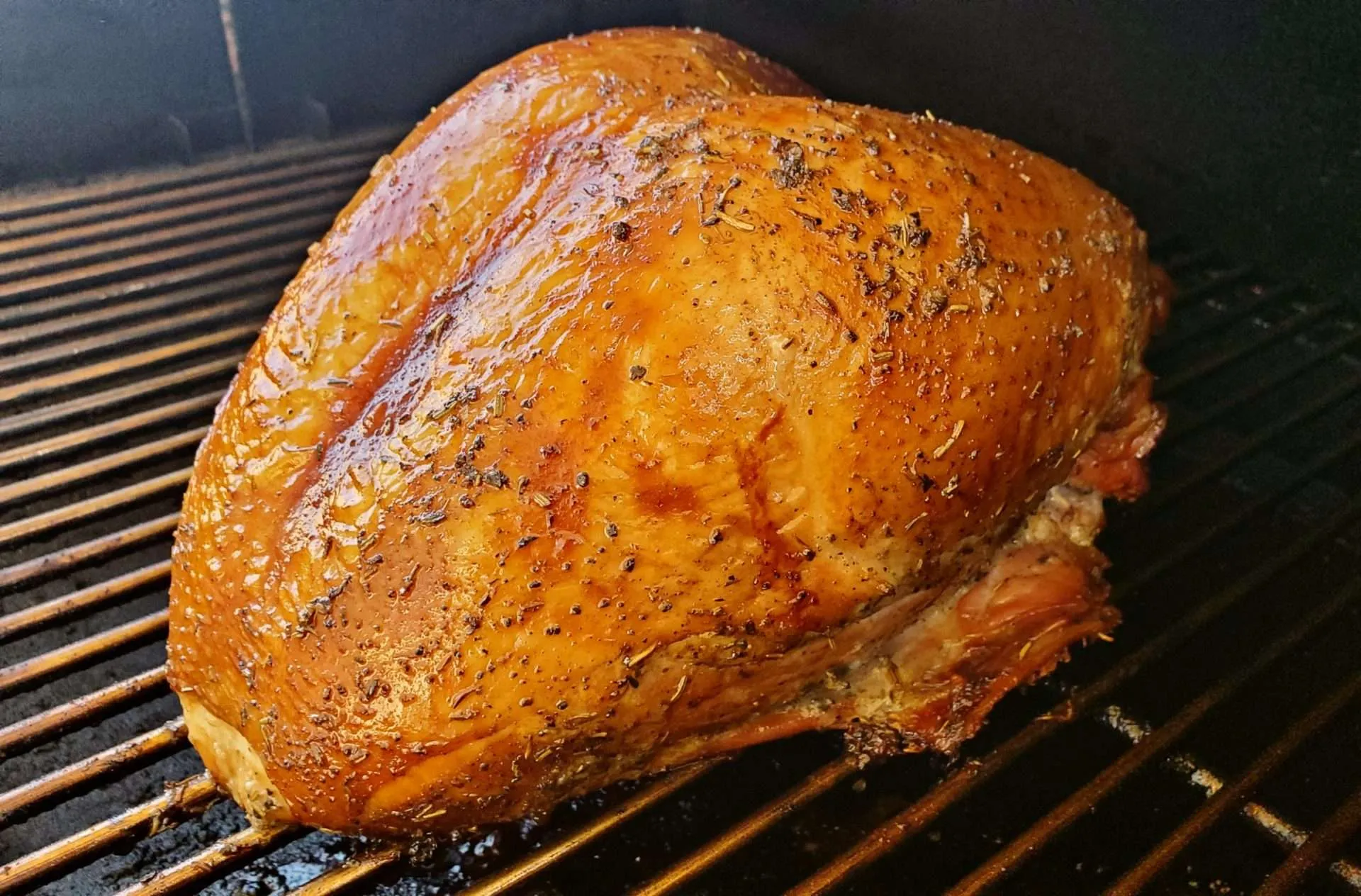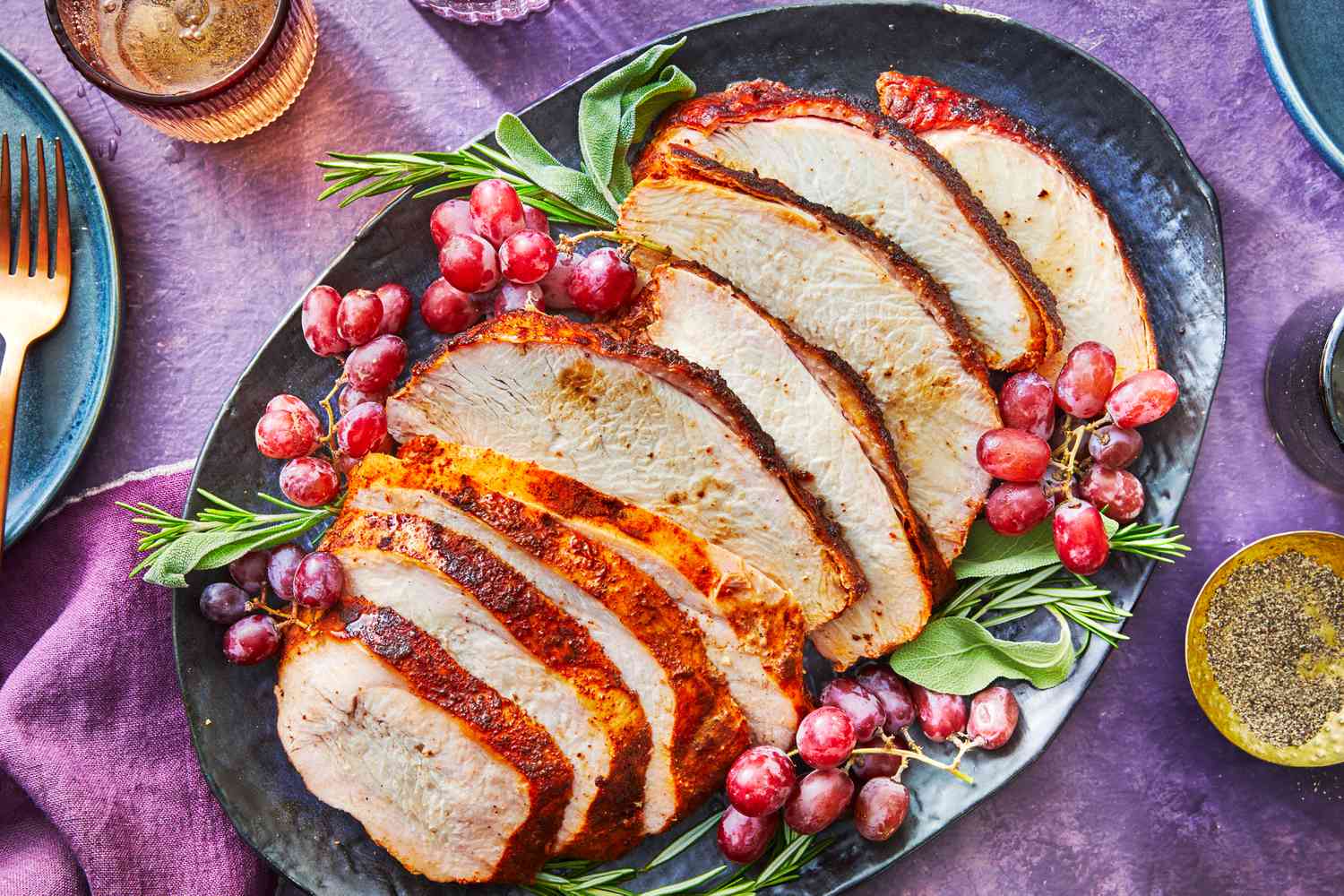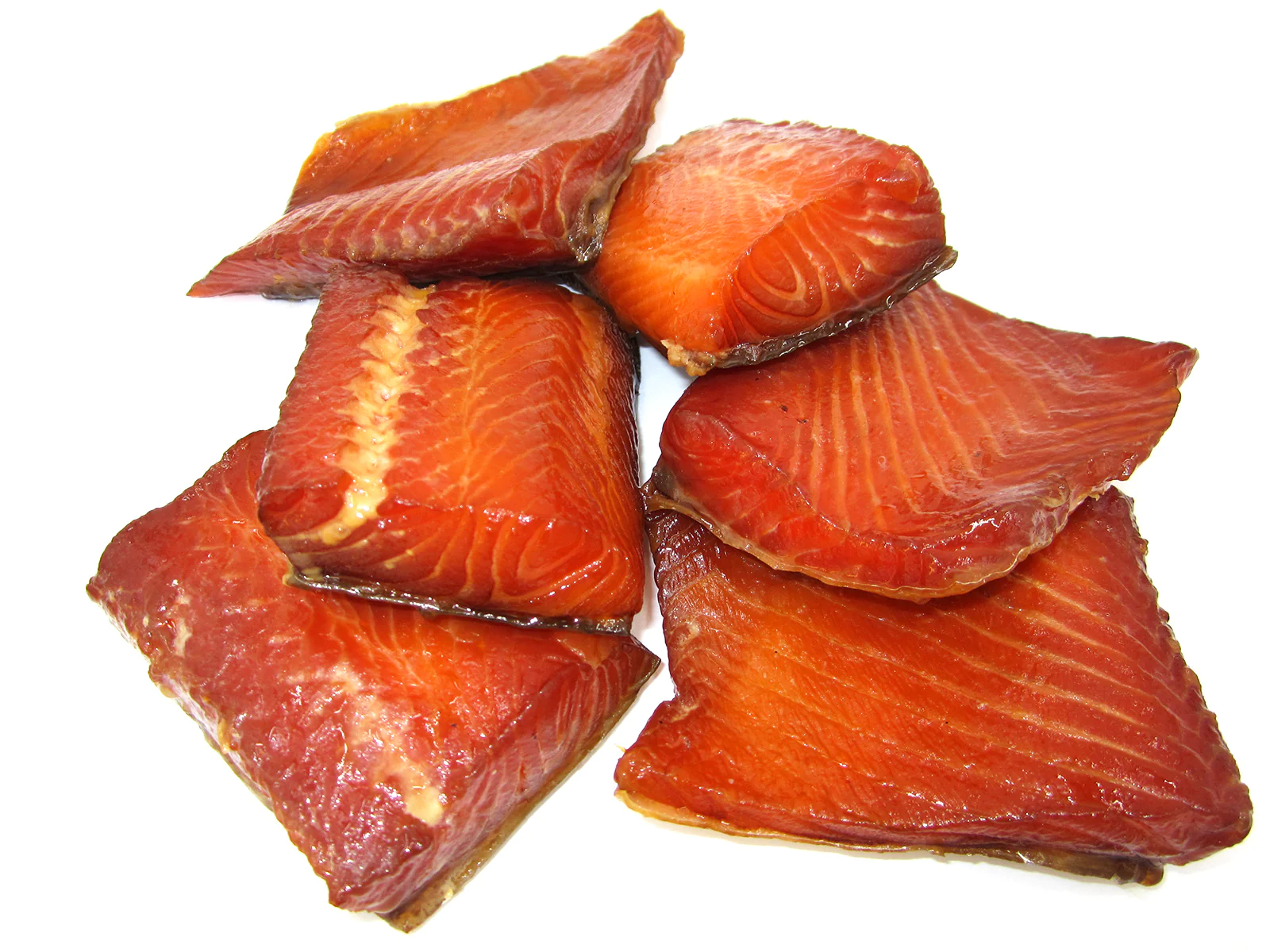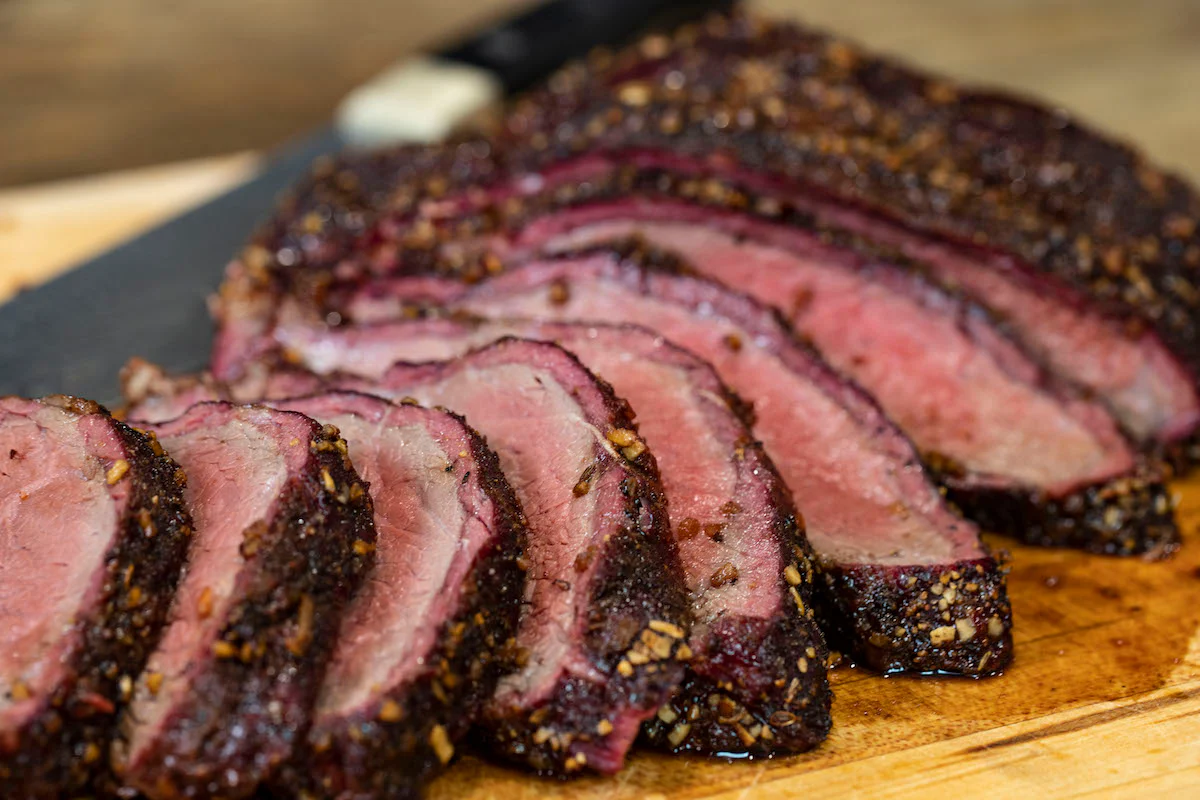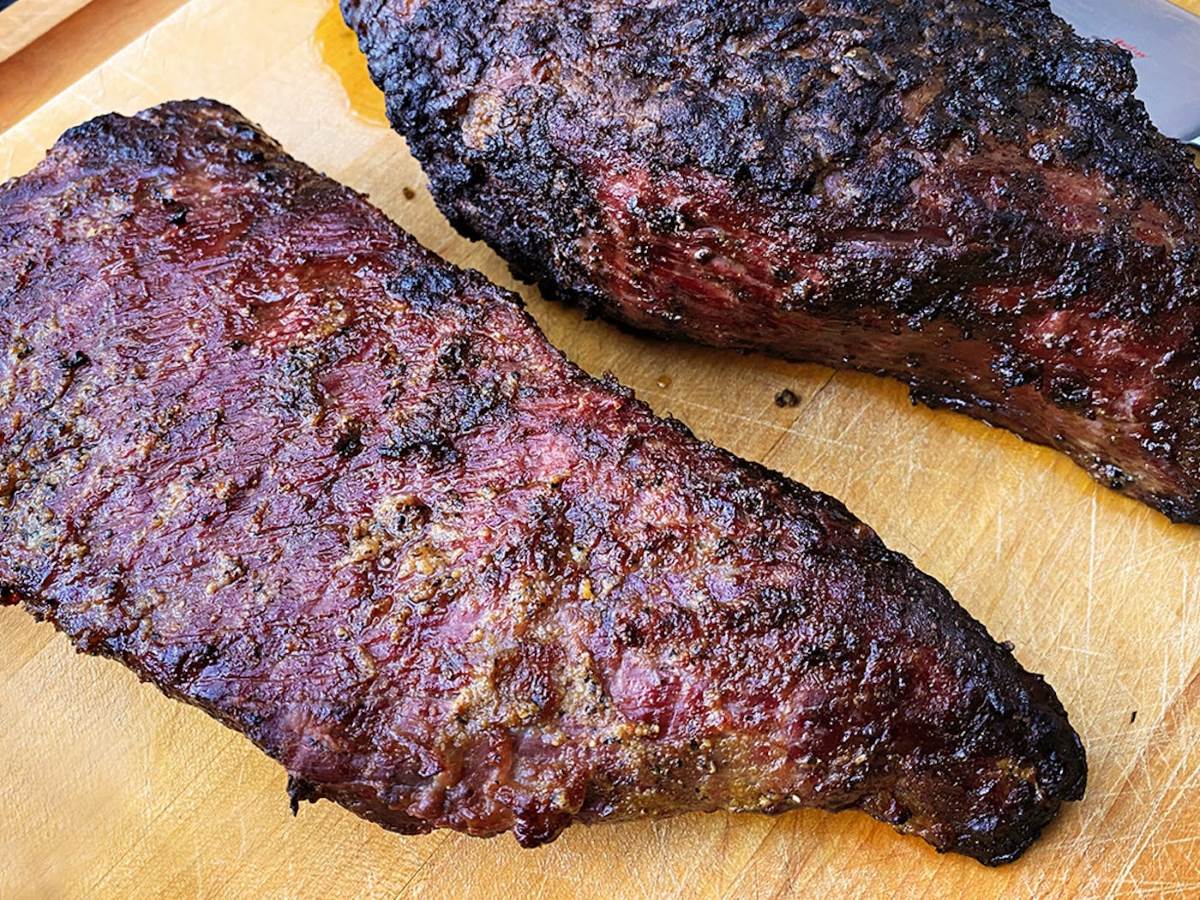Dehydrating Mangoes in a Nuwave Oven
Dehydrating mangoes is a great way to preserve this delicious fruit so you can enjoy it all year round. If you have a Nuwave Oven, you’re in luck because it’s a convenient and efficient way to dehydrate mangoes. Follow these simple steps to create your own tasty dehydrated mango snacks.
What You’ll Need
Before you begin, gather the following supplies:
- Fresh, ripe mangoes
- Sharp knife
- Cutting board
- Nuwave Oven
- Parchment paper
- Plastic wrap
Preparing the Mangoes
Start by washing the mangoes under running water to remove any dirt or residue. Then, using a sharp knife and cutting board, carefully slice the mangoes into thin, uniform pieces. You can choose to remove the skin or leave it on, depending on your preference.
Dehydrating Process
Once the mangoes are sliced, line the Nuwave Oven tray with parchment paper to prevent sticking. Arrange the mango slices in a single layer on the tray, ensuring they are not overlapping. Cover the tray with plastic wrap to help speed up the dehydration process.
Set the Nuwave Oven to the lowest temperature setting, typically around 100-135°F. Place the tray of mango slices in the oven and allow them to dehydrate for 8-12 hours. Check the mangoes periodically and rotate the trays if necessary to ensure even dehydration.
Checking for Doneness
To test if the mango slices are fully dehydrated, remove a piece from the oven and allow it to cool for a few minutes. The mango should be leathery and slightly sticky to the touch, but not moist. If the slices are still moist, return them to the oven for additional drying time.
Storing Your Dehydrated Mangoes
Once the mango slices are fully dehydrated, allow them to cool completely before transferring them to an airtight container. Store the dehydrated mangoes in a cool, dry place away from direct sunlight. Properly dehydrated mangoes can last for several months when stored correctly.
Enjoying Your Dehydrated Mangoes
Dehydrated mango slices make for a delicious and nutritious snack. Enjoy them on their own, or add them to trail mix, granola, or yogurt for an extra burst of flavor. You can also rehydrate the mango slices by soaking them in water or juice before using them in recipes.
Dehydrating mangoes in a Nuwave Oven is a simple and rewarding process that allows you to enjoy the sweet taste of mangoes long after their season has passed. With just a few easy steps, you can create your own supply of dehydrated mangoes to enjoy anytime.
So, the next time you have an abundance of ripe mangoes, consider dehydrating them in your Nuwave Oven for a delicious and convenient snack option.
Readers can dive into a variety of recipes using their freshly dehydrated mangoes. If you're in the mood for a refreshing breakfast, try the Dehydrated Mango Smoothie Bowl, which combines the tropical flavors of mango with a creamy base. For a quick snack, the Dehydrated Mango and Nut Energy Bars are perfect to keep you energized throughout the day. If you're planning to entertain, the Dehydrated Mango Salsa adds a unique twist to your appetizers. Sweet tooths won't be disappointed with the Dehydrated Mango and White Chocolate Cookies, offering a delightful balance of fruity and sweet. To top it all off, the Mango and Pistachio Biscotti with Dehydrated Mango makes for a perfect pairing with your afternoon tea. These recipes are not only delicious but also a great way to utilize your dehydrated mangoes in various creative dishes.
Was this page helpful?
Read Next: How To Dehydrate Tofu
